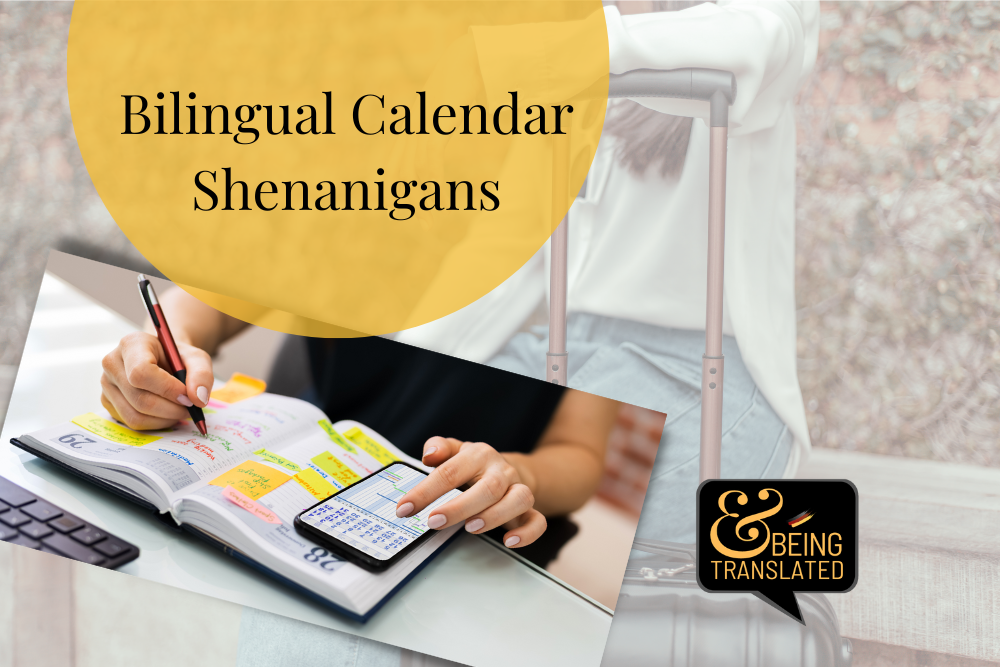Supercharge marketing and draw German visitors your way
My recent project was the translation of a flyer for a local tourist bureau. It was an abstract of the county with essential info “on a glance” for individual travelers and groups, for travel agencies and business travelers. What was so special about?
By itself or on top of other international business outreach, such a flyer is an effective step to initiate outreach activity and communication with foreign tourists, travel agencies and international (local) companies.
The multi-purpose of a beautifully designed, written and translated flyer is countless.
Here are just a view ideas on its multi-use:
- post it on your website for your foreign website visitors to get an individualized Welcome in their language
- post it to Facebook, Pinterest, LinkedIn, etc. to show your openness to other cultures
- send the flyer per email as outreach to foreign language tourist bureaus
- send the flyer within the response email to received inquiries from visitors of that language (hint: even when they inquire in your language)
- print flyer and hang it up in the local tourism office or other bureaus/convention centers/chambers of commerce for foreign by-passers
- send the flyer to international companies who meet with international clients and associations
…get creative and write further ideas in the comments below
What is the essential info that best presents your region, county, city, etc. at a glance?
There are view elements that just sums it up far and wide:
- a simplified (illustrated) map of the city/region/county/state…
- a few key info of that city, region, etc. – a paragraph fast to read and crap attention
- a bullet point list of the attractions close by and further away
- graphics of local photographer(s) with credits
- a contact person, title, address, website, phone number
- social media info
- a list of annual special events
- a table with neighboring cities and areas, the distances and the driving times
and finally: A call to action – request a kit, a brochure, etc. and a #hashtag for social networks buzz
A graphically attractive flyer with useful info is not only business-friendly, it also is cost and time efficient because you can use it year after year after year.
In your favorite graphics tool, such as In-Design, Publisher or Canva (even the comprehensive free version is sufficient), create a template that integrates all your brand elements. After the initial flyer is completed with all info and graphics, in the following year, you only need to update specific info such as events, possibly attractions and graphic artists and such.
Translators are using tools to be efficient with their translation. If you are working with the same translator or agency, you might get fee reductions due to existing translations and recycling of previous translations (more about in a next blog post where I elaborate on the human species “translators” and how to work with them).
It is one step, maybe the first, maybe the only step to reaching out to foreign tourists in their language and make them feel welcome! Imagine the ripples this one gesture can make.
With that, go create this one or two page flyer of your region or property and we can help you translate it into German language.


